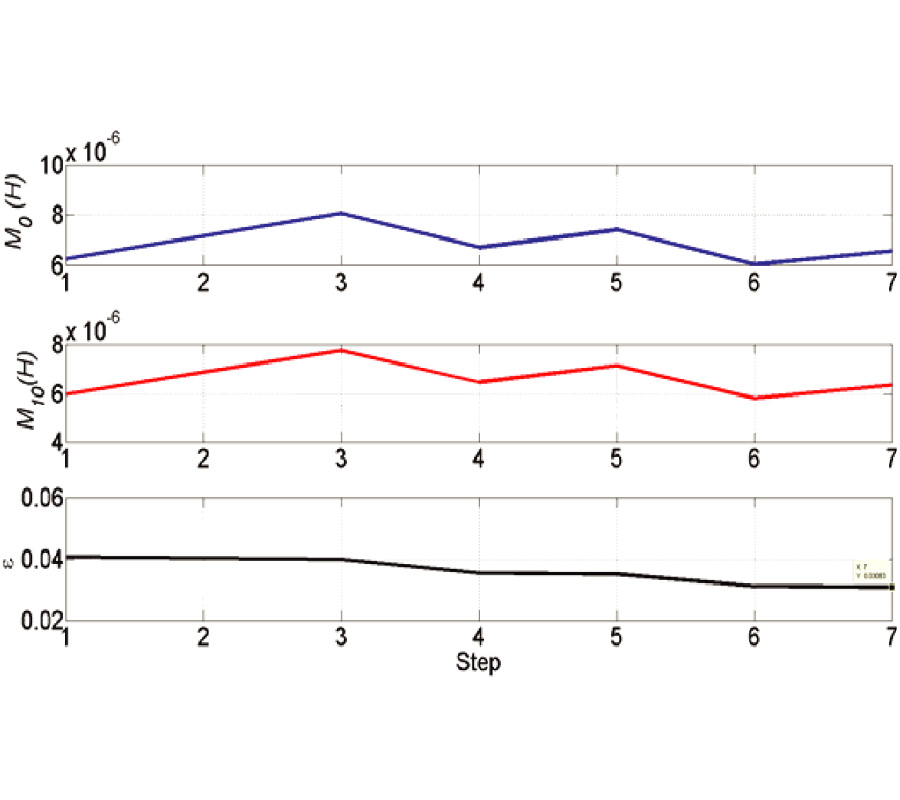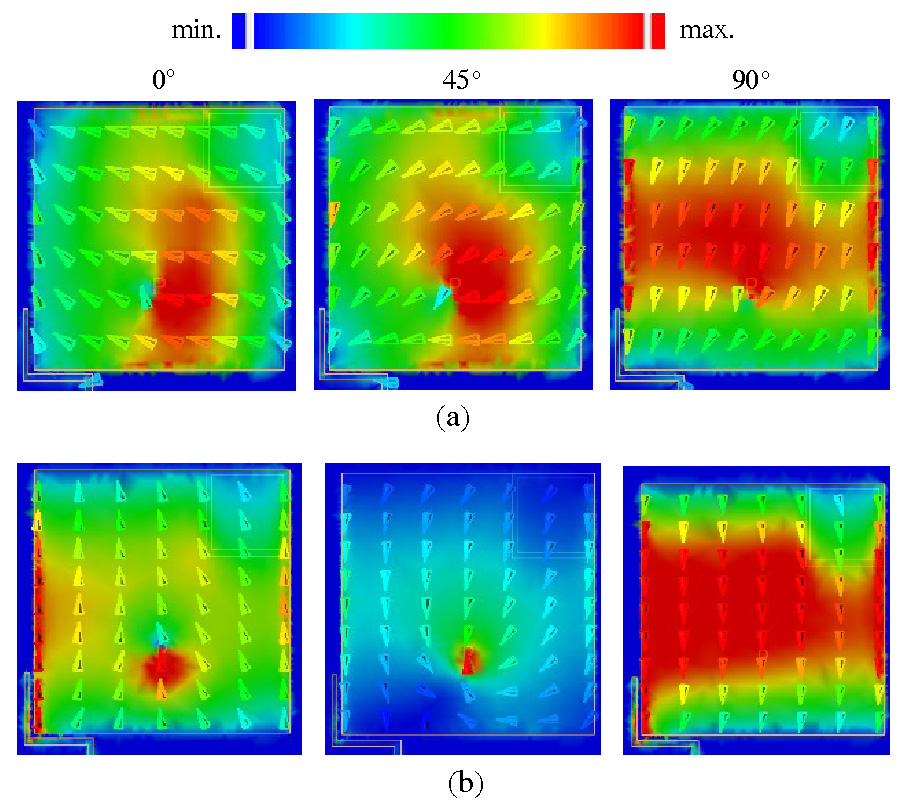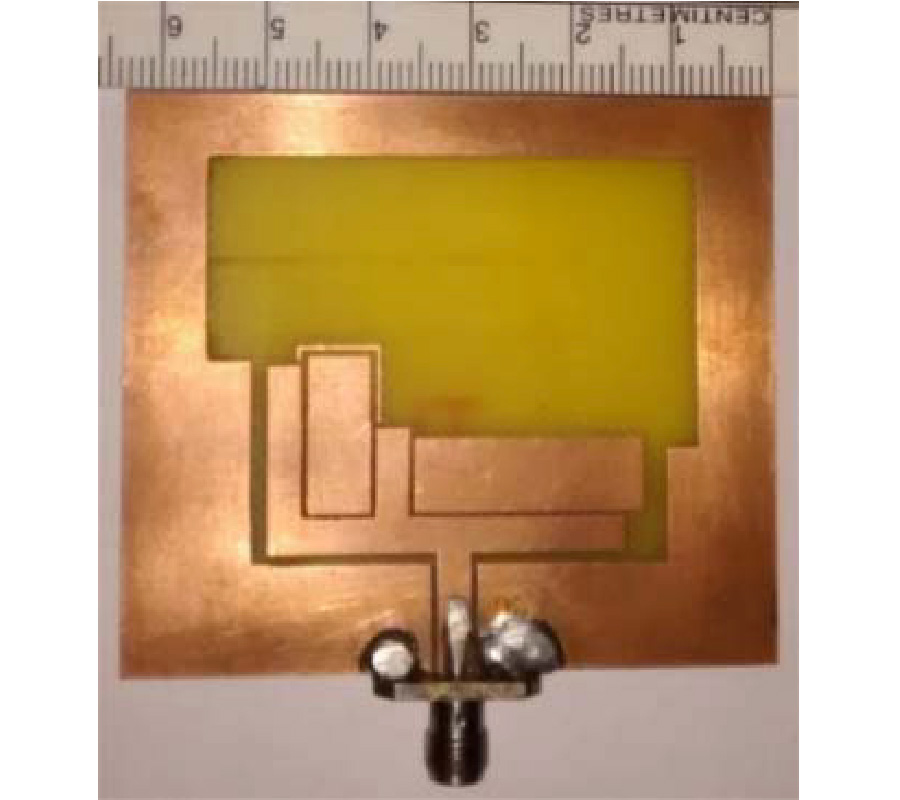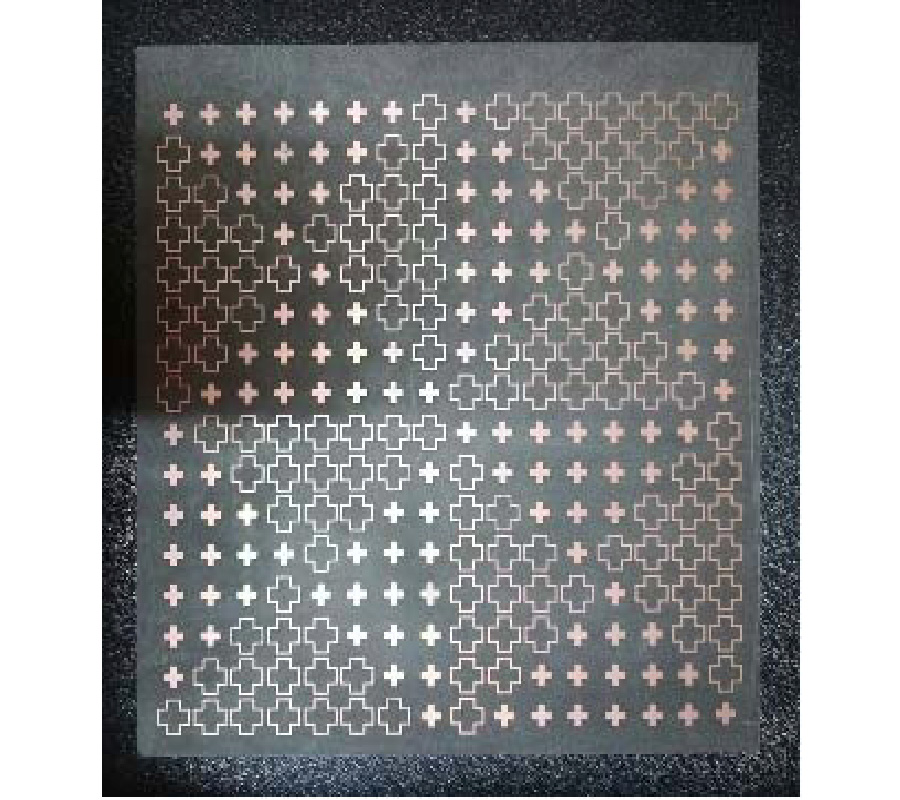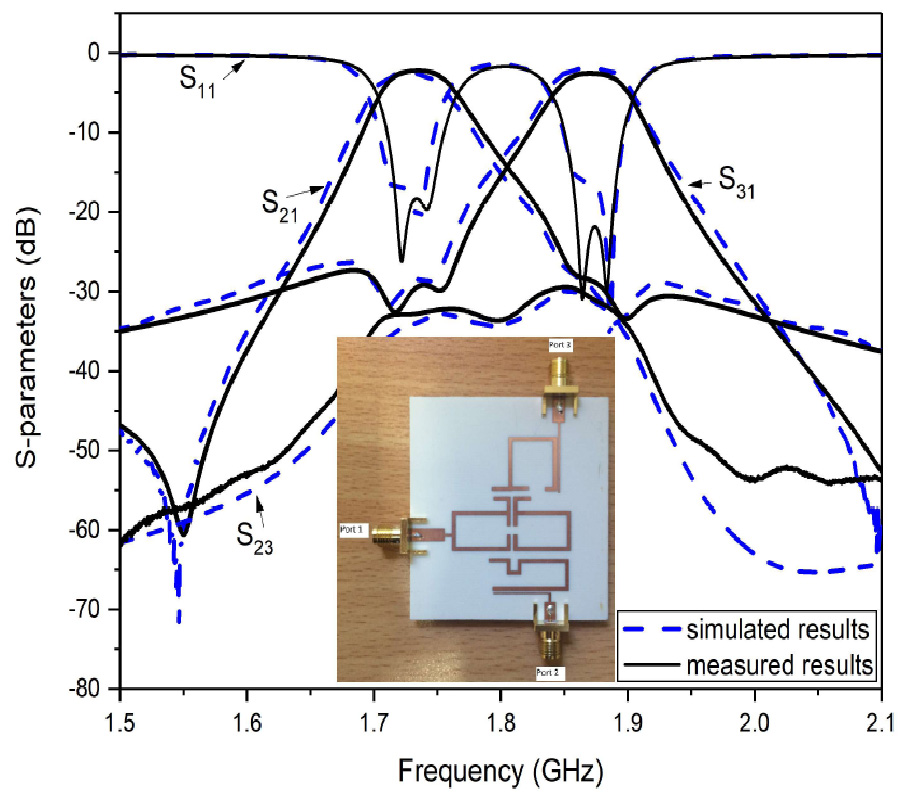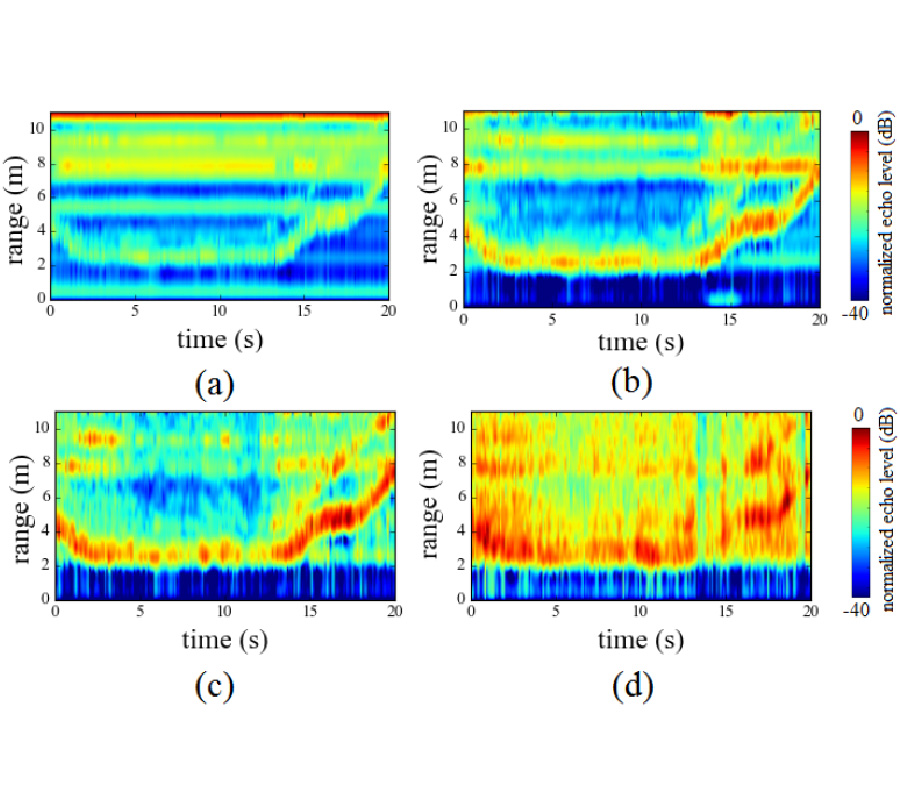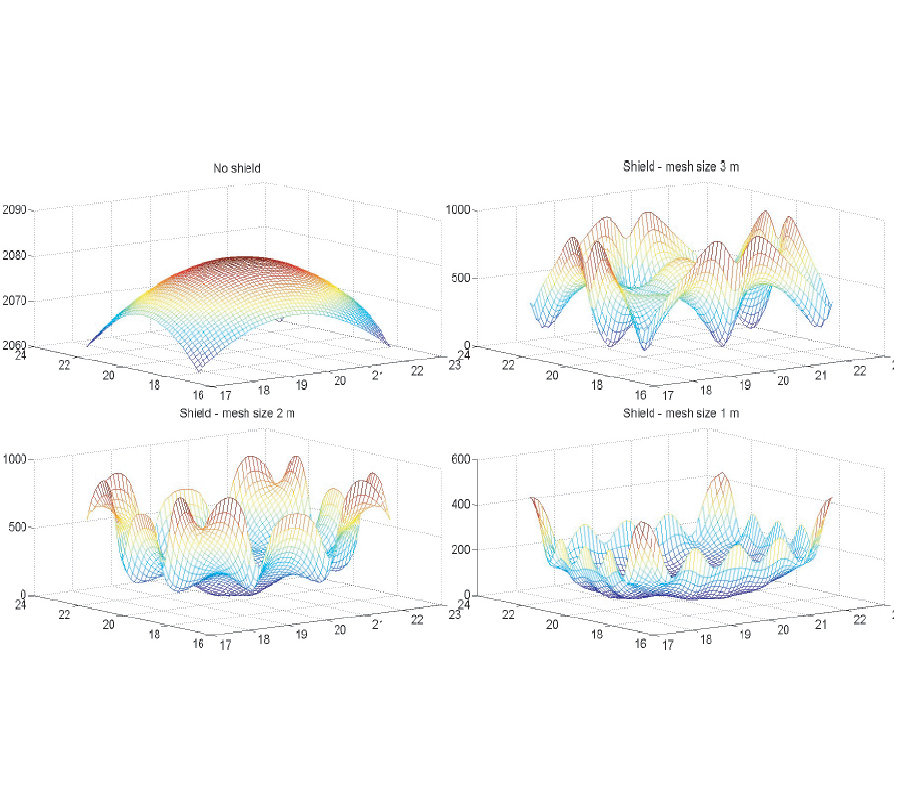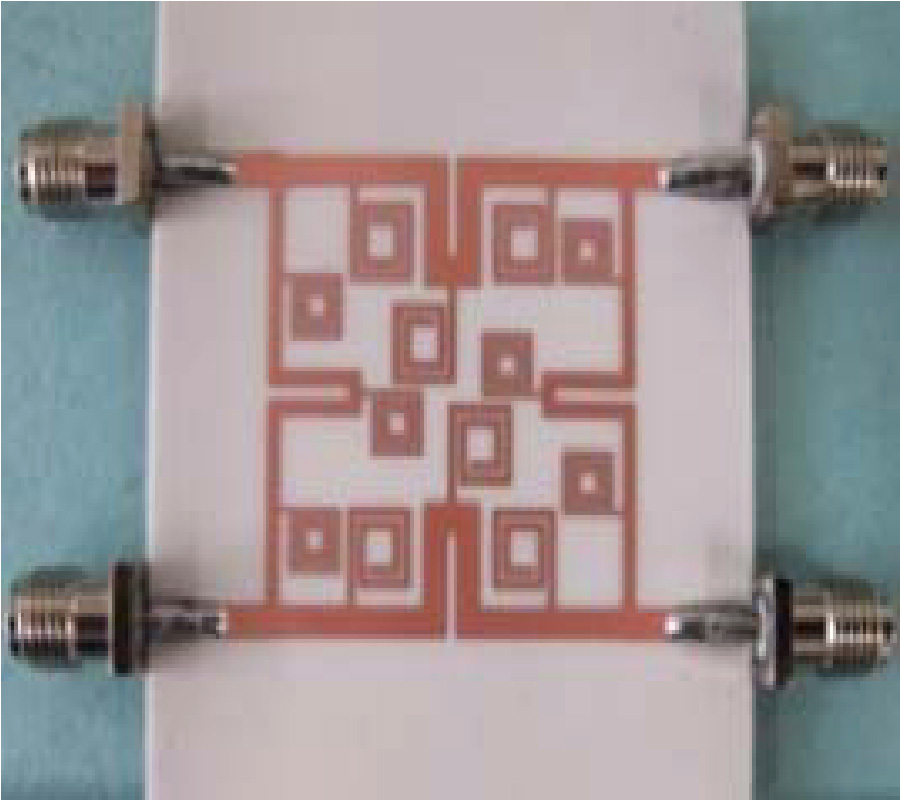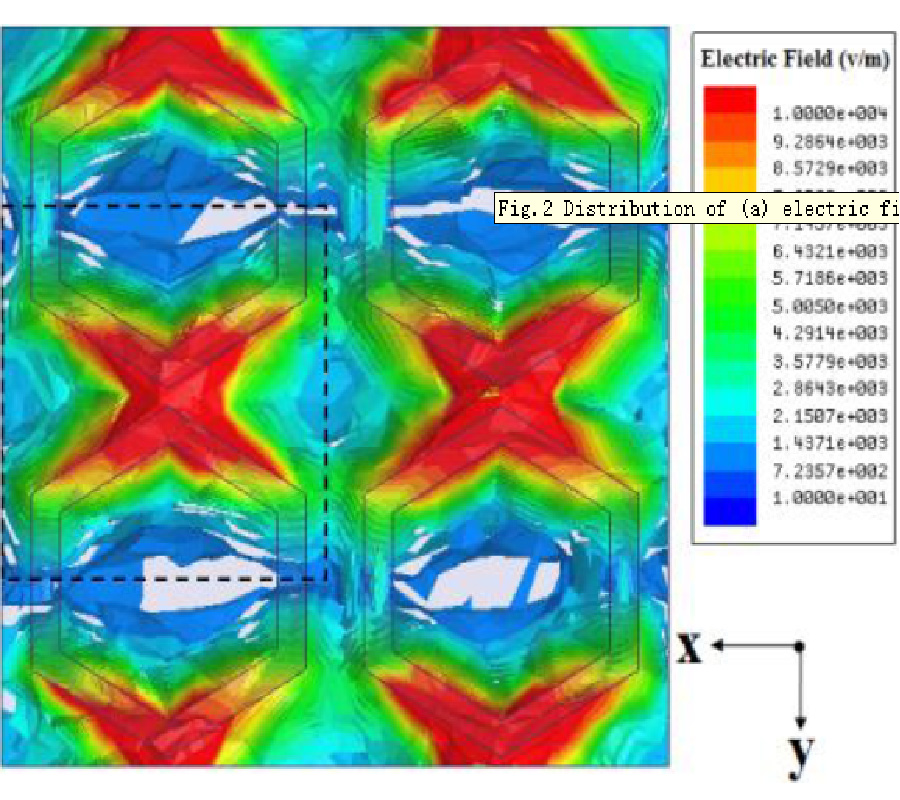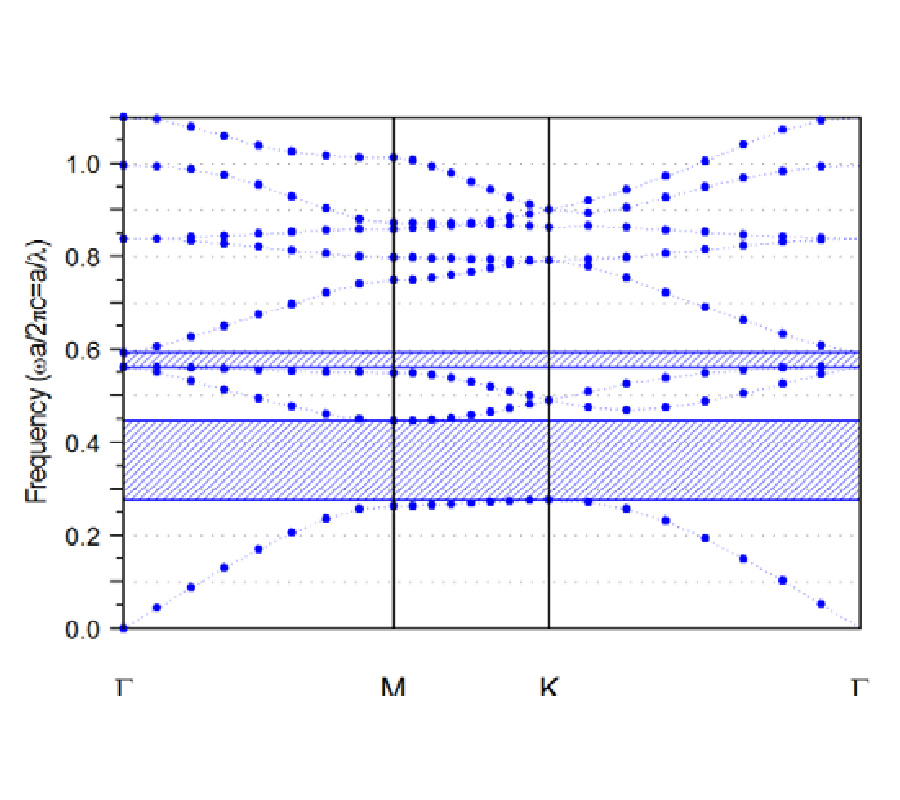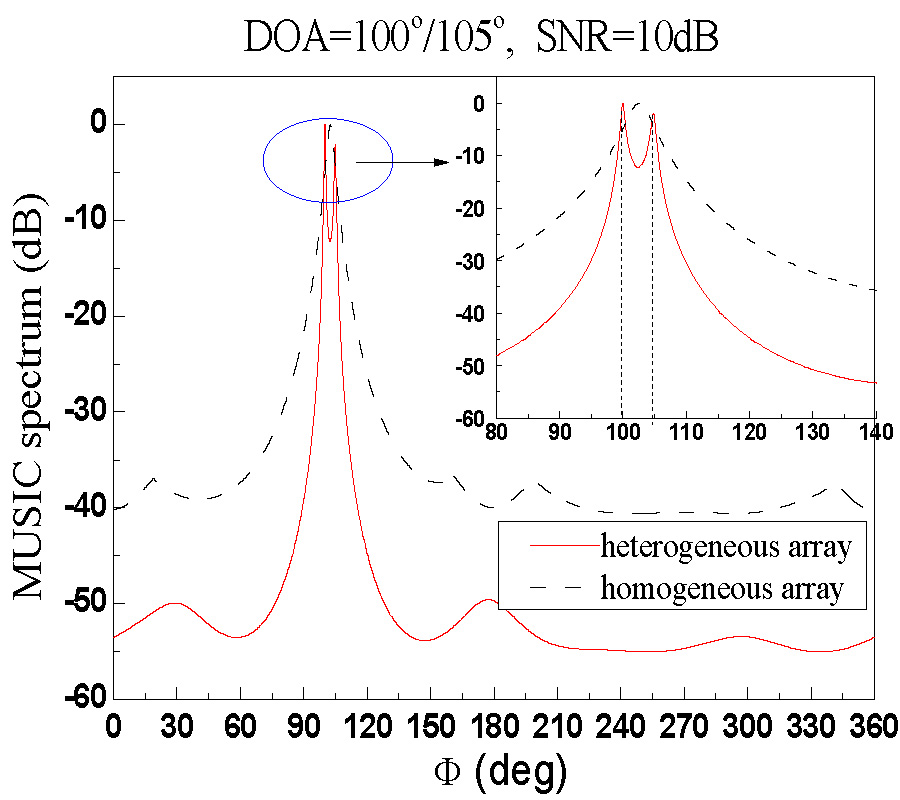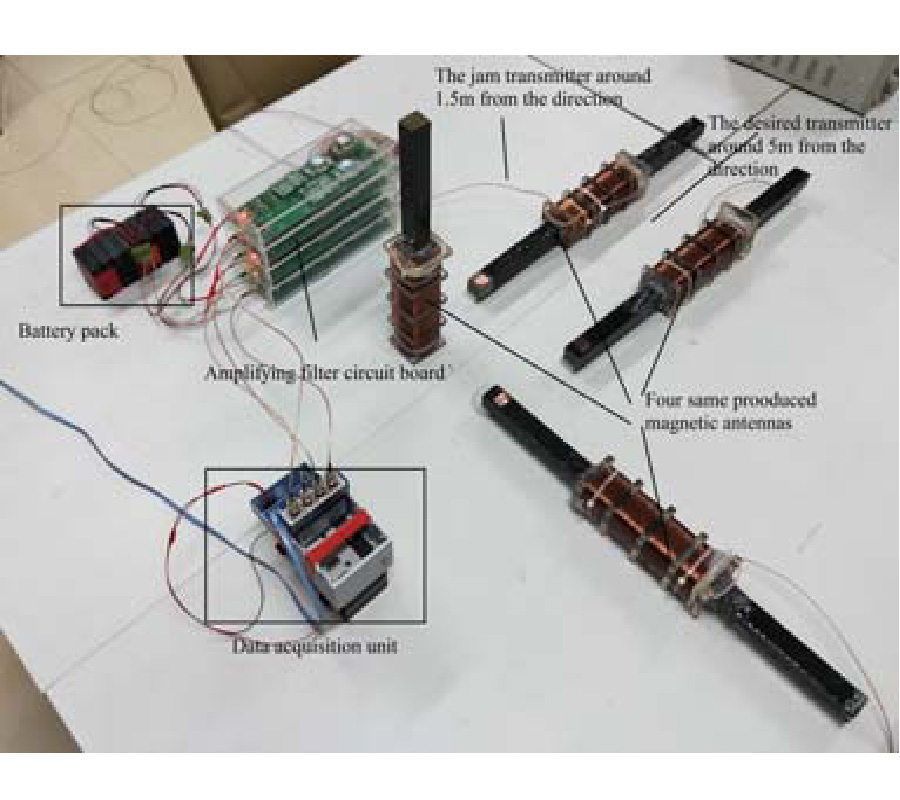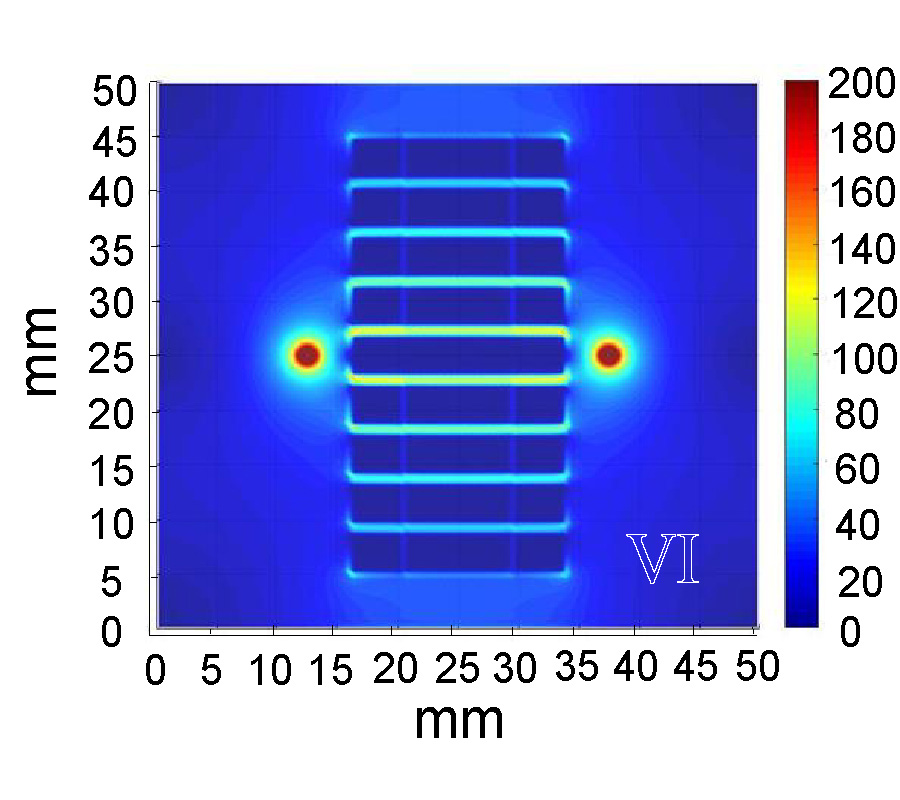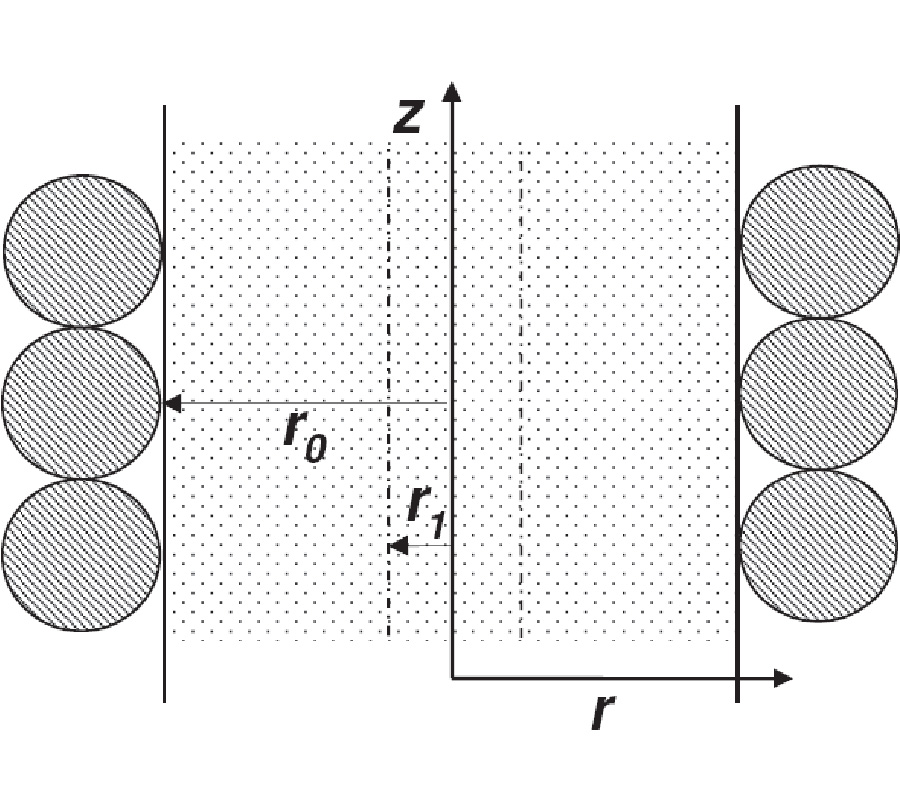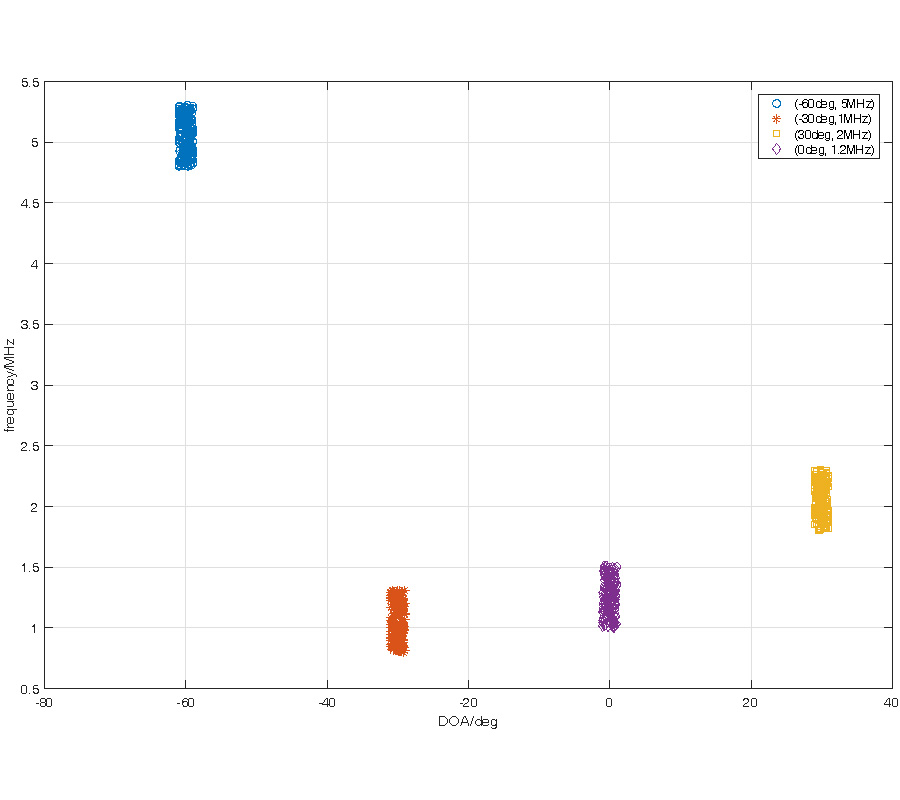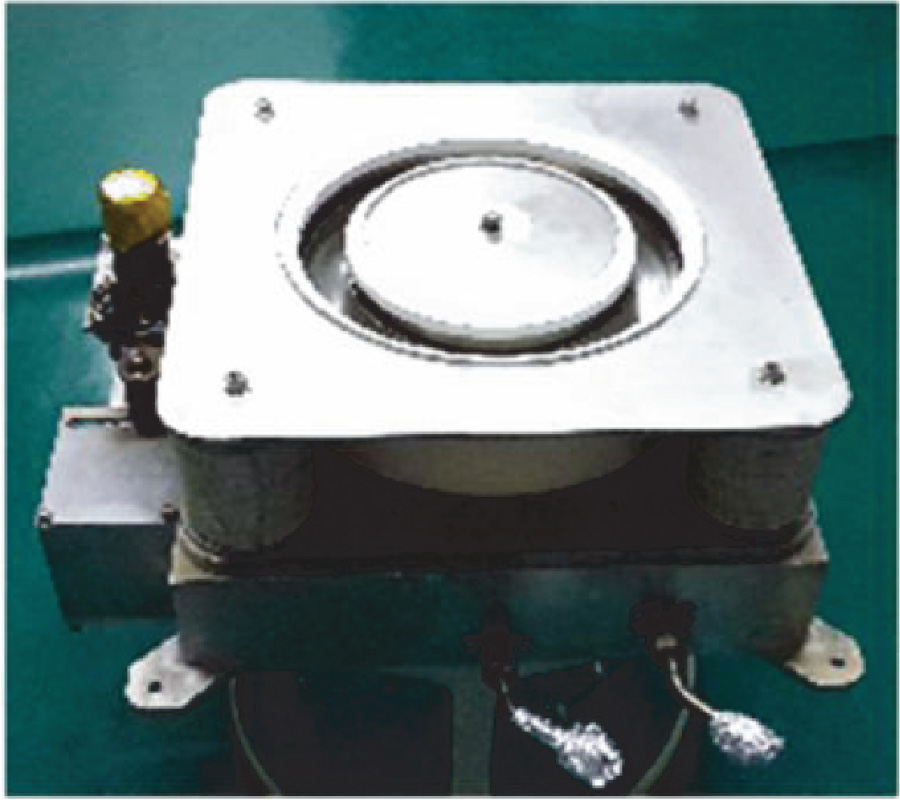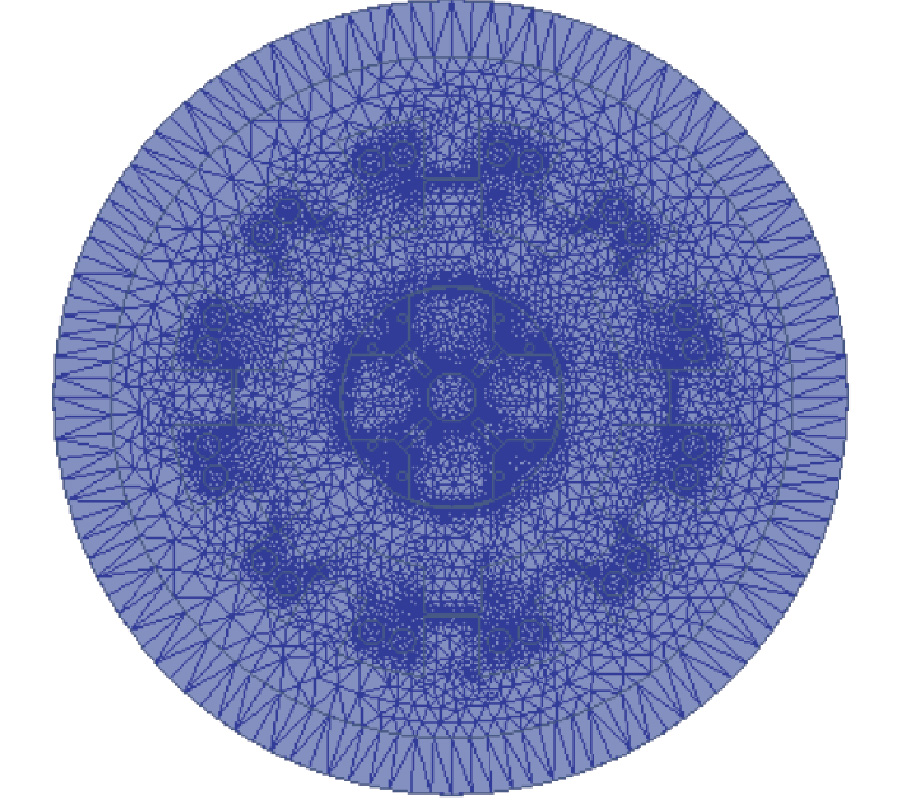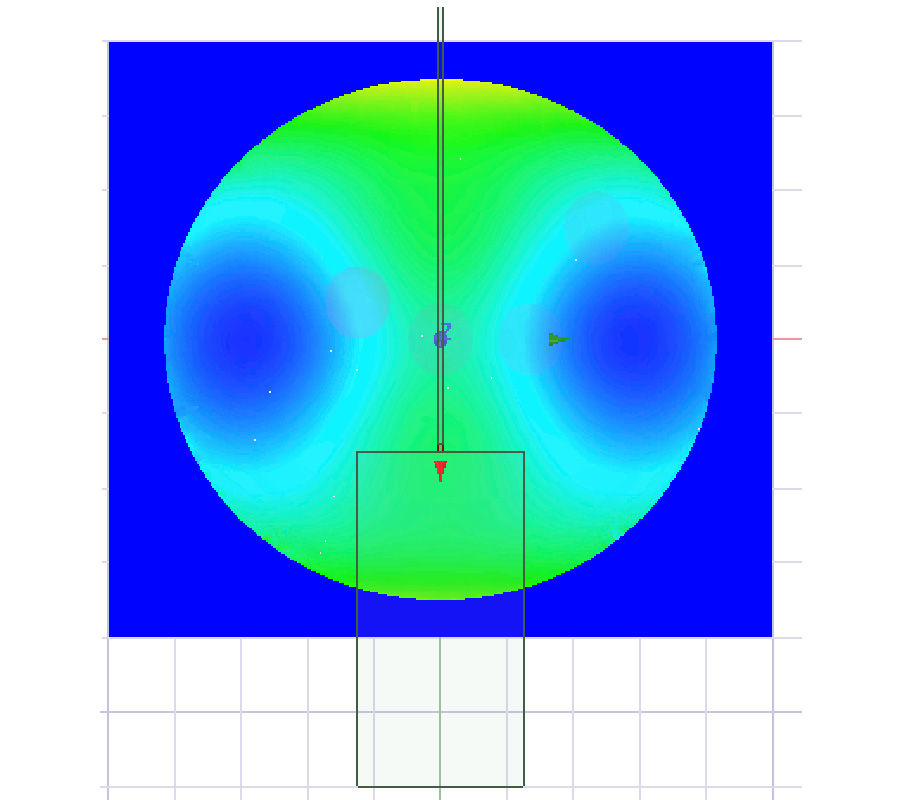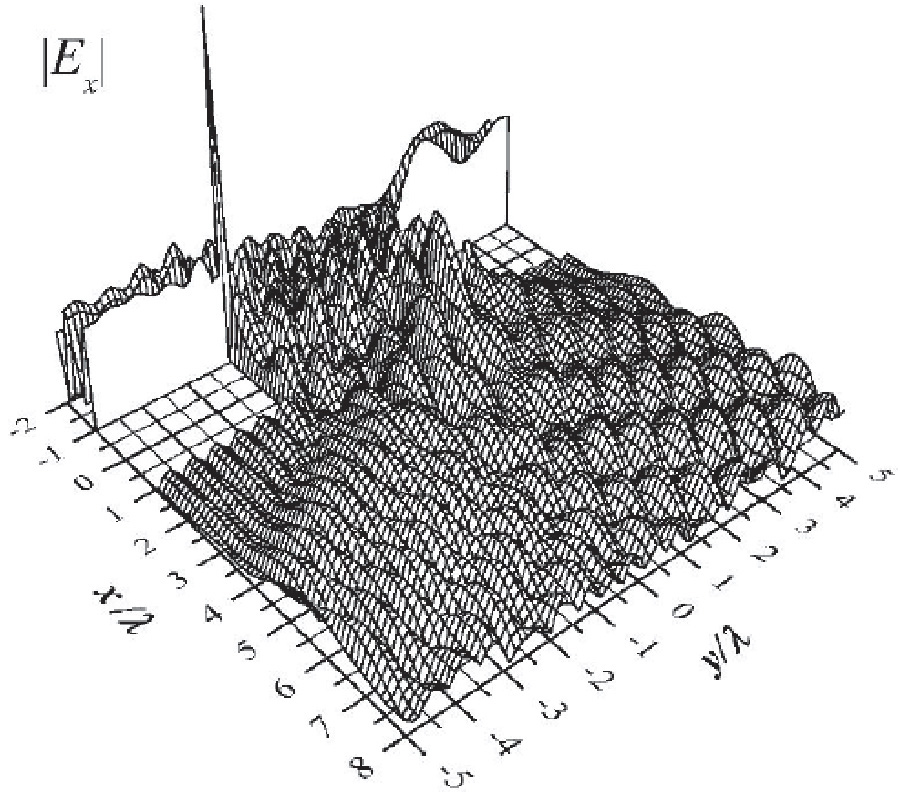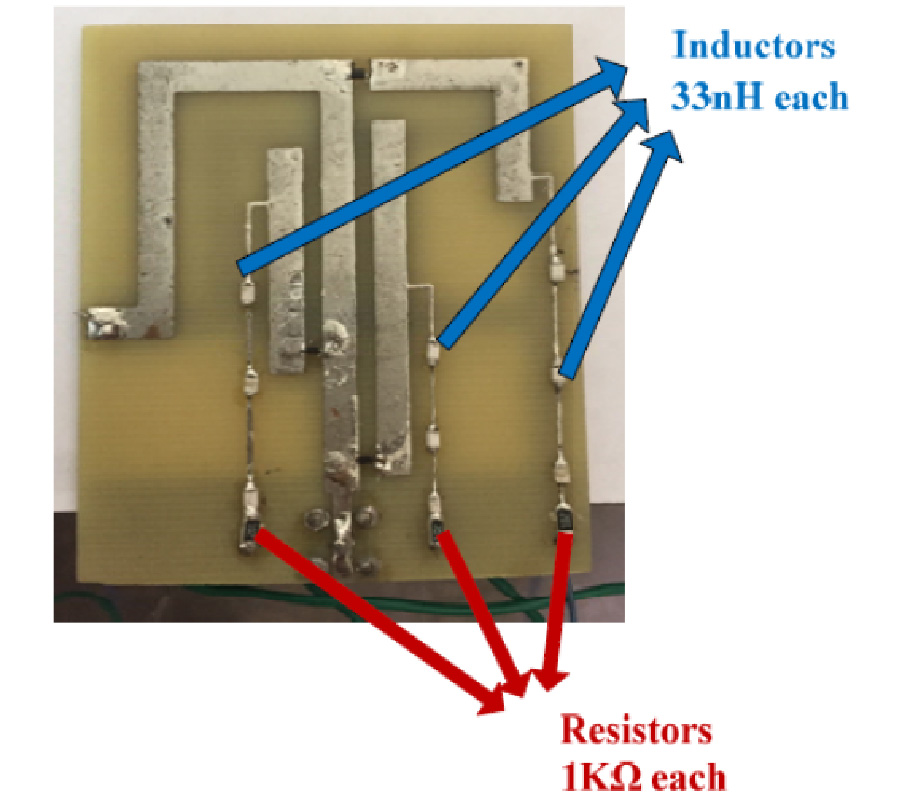Frequency Reconfigurable Patch Antenna for 4G LTE Applications
Hassan Tariq Chattha,
Maria Hanif,
Xiaodong Yang,
Qammer Hussain Abbasi and
Inam Elahi Rana
A compact printed multi-band frequency reconfigurable patch antenna for 4G LTE applications is presented in this paper (50 x 60 x 1.6 mm3). The antenna consists of W-shaped and Inverted-U shaped patch lines connected in a Tree-shape on the front side of the antenna. The back-side of the antenna contains a 90°-tilted T-shaped strip connected with an Inverted-L shaped strip which is shorted with a patch on the front side for increasing the electrical length to cover lower frequency bands. Frequency reconfigurability is achieved by inserting three switches i.e., PIN diodes. The most critical part of this work is the designing of RLC-based DC line circuits for providing the DC biasing to the PIN diodes used as switches and inserting them at optimum locations. This antenna is reconfigurable among eight different 4G LTE frequency bands including 0.9 GHz, 1.4 GHz, 1.5 GHz, 1.6 GHz, 1.7 GHz, 1.8 GHz, 2.6 GHz, 3.5 GHz and WLAN band 2.5 GHz. The antenna exhibits different radiation patterns having a different direction of peak gain at different frequencies and for different switching combinations. The antenna is simulated with CST, and a prototype is fabricated to compare the measured and simulated results with good accuracy.
